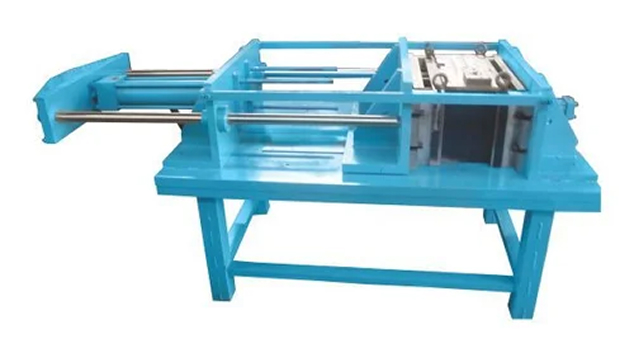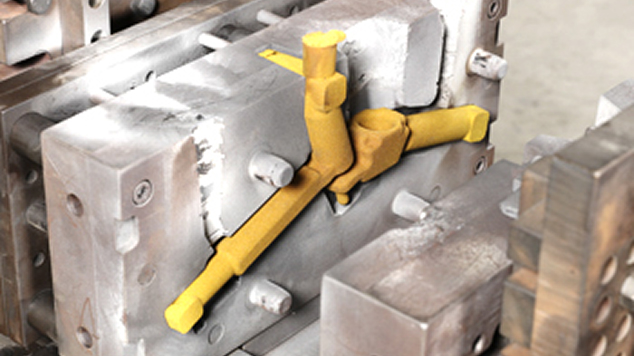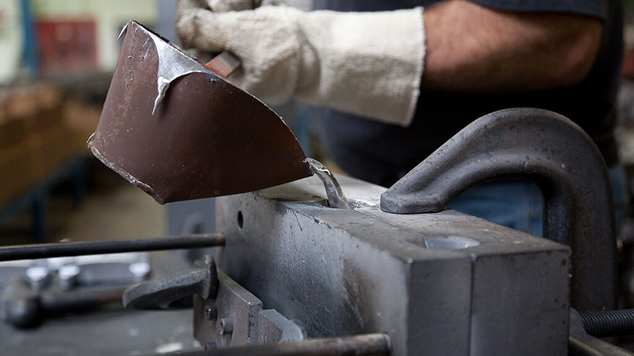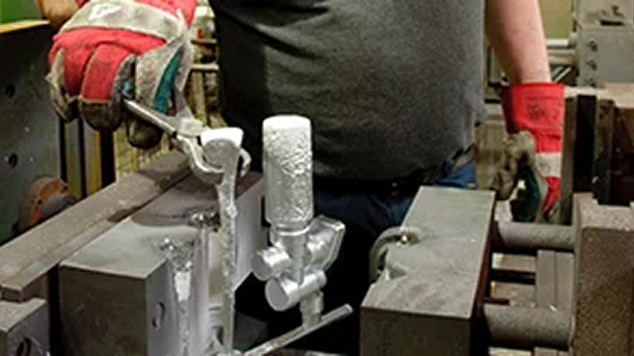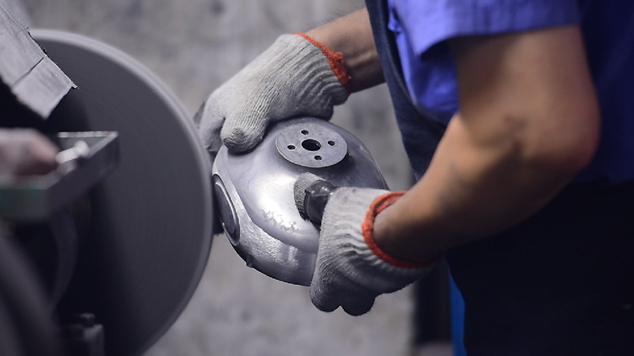Gravity Die Casting Process:
Gravity die casting involves preparing a heated metal mold, pouring molten metal into it using gravity, allowing it to cool and solidify, then ejecting the casting and removing excess material.
Here’s a more detailed breakdown of the gravity die casting process:
1. Mold Preparation:
Die Design: A metal die, often two-part, is manufactured to form the mold cavity.
Heating: The die is heated to a specific temperature to control the cooling rate and facilitate metal flow.
Lubrication: A lubricant or refractory coating is applied to the die’s interior to aid in metal release and control heat flow.
Clamping: The die halves are securely clamped together to create a sealed cavity.
2. Molten Metal Pouring:
Melting:The metal, typically aluminum or other non-ferrous alloys, is melted to a precise temperature.
Pouring:The molten metal is poured into a pouring basin or runner system that leads to the die cavity.
Gravity Filling:The force of gravity ensures the molten metal fills the mold cavity completely, capturing the desired shape.
3. Cooling and Solidification:
Cooling: The molten metal cools and solidifies within the die, taking the shape of the pattern.
Solidification Control: The cooling process is carefully controlled to ensure proper solidification and minimize defects.
4. Ejection and Finishing:
Opening and Ejection: Once the metal solidifies, the die is opened, and the cast part is ejected.
Trimming: Excess material, such as gates, runners, and sprues, is removed.
Finishing: Post-casting operations, like machining or surface treatments, may be performed to achieve the final product specifications.
